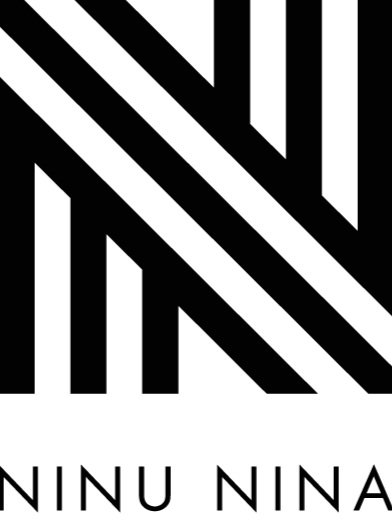CAROLINA MUNOZ AWAD
“bodysuit 2”, video, 22:31, 1920 × 1080, 2021
Today we speak to the 28 year old artist currently studying a Masters in Fine Arts (MFA) at Parsons School of Design in New York City.
Born and raised in Santiago, Chile Carolina originally started medical school before switching to architecture. She worked for a couple of studios and then was hired as a Research assistant for the School of Architecture of the PUC, together with the National Fund for Scientific and Technological Development (FONDECYT) to continue work on her thesis.
It was during these times as a researcher, that I took the time to explore my interests towards materials and their interaction with the body in a more abstract environment; and that is how after an arts residency upstate New York in 2019, that I applied – finally – to art school.
Tell us about your greatest inspirations or influences?
I usually find it very hard to answer these questions because I never fully like something/someone, I am a very bad fan in that sense, critical and skeptical, and that translates as well on how I perceive my own work. I would say that a lot of my material influences come directly from architecture school; the courses I enjoyed were the ones where I could learn hands on how to build stuff, understand the material’s behavior, structure, and transformation. There is also all the biological side that came from years preparing for medical school, which, as with materials, makes me want to understand the body in the same way
Tell us a bit about your creative process?
My creative process, up to now, has been very intuitive regarding what materials to use and what to do with them. Both when working in sculptures and performative actions, the process is as important as the – supposed – result. I try to document it in a very honest and simple way, so I can use it afterwards for my own analysis, and revelations of meanings. I don’t consider the works I made as finished, ever, and not because I could always keep on working on them, but because of the material condition that will inevitably mutate. I try not to stop myself when I have an idea or feeling about doing something, and usually the thinking part comes after; dynamic that makes me conceive my works as sketches, or research, and that I might re visit them in the future.
How has the pandemic affected your creativity and how do you see the world changing?
I don’t think the pandemic affected my creativity, as interrupting it, but it did take it to places that probably wouldn’t have gone if life had continued pre covid. I made use of my body as the main material, because bringing more materials into the world didn’t make sense at the time. There was not enough space to make sculptures, or if it was, still, it didn’t feel right. With the pandemic I started doing the performative actions, interacting my body directly with different materials of daily life, like accumulations of compost, rice, tape, plastic bags, etc.
I guess that what happened to me, also happened to other creatives, where you had to think on how your work could exist in this new dimension; not only in terms of the digital, but also in the domestic space that shifted from a place of recollection of the self to basically everything in life happening there – in the same space.
What does wellbeing mean to you, and what do you practice?
For me wellbeing plays in a duality between mind and body that is hard to equilibrate when having an art practice. On one hand, being able to feed your knowledge, curiosities, and push your limits, but on the other hand also, to detach when needed and enjoy the nonsense of daily life and take care of your body. While working on projects, it is very easy for me to go fully into non-stop mode, and then the aftermath can be very rough for the body and mind to recover. Even though I struggle in between holding a balance, what I try to do is to assess certain situations and just take breaks; breaks that could be an hour or a couple of days, I just try to keep some spaces for myself no matter what, like a certain number of hours of sleep, and time to work out at least 3 days a week.
Instagram: @carolinamunoza
Webpage: www.carolinamunozawad.com
“untitled”, wip, plaster of Paris, 2021





